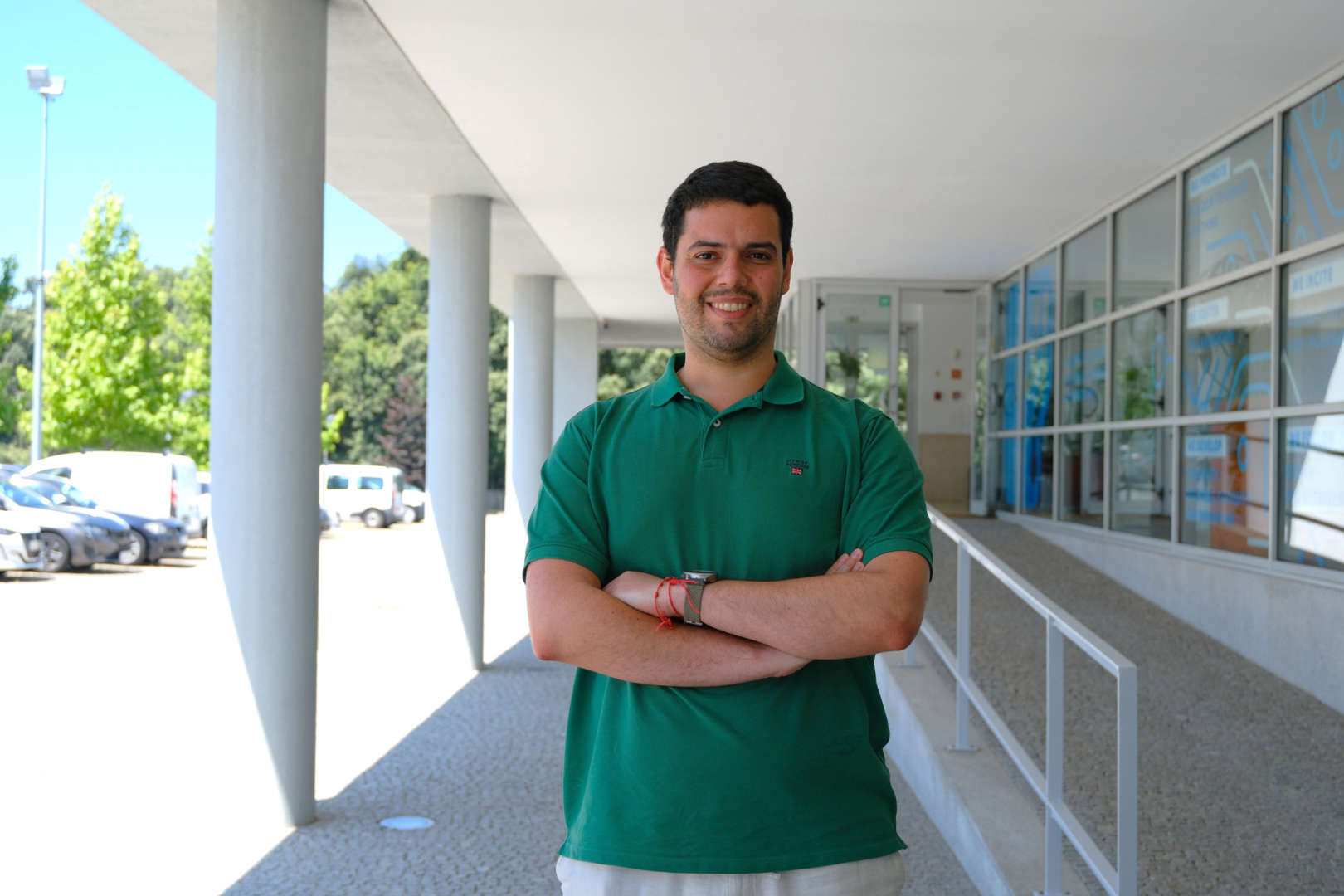About
Holder of a PhD in Agricultural Sciences and Bachelor's and Master's degrees in Agricultural Engineering, with an international orientation, having studied at UNESP, Brazil, and The University of Adelaide, Australia, where he received the distinguished "Joanne Kanas Memorial Medal." His master's thesis at FCUP centred on vineyard modelling, employing sophisticated remote sensing and machine learning techniques, for which he received a grade of 20/20. He participated in the "WineSpectra" and "VineSpec" technology transfer projects between FCUP and companies in the viticulture sector, focusing on modelling the water status of vineyards in the Douro region using remote sensing techniques. Supported by an FCT scholarship (SFRH/BD/145182/2019), his PhD research focused on applying systems biology in the context of precision agriculture. During his doctoral studies, he was selected for the "9th Advanced Training Course on Land Remote Sensing: Agriculture" by the European Space Agency (ESA) at the renowned Université Catholique de Louvain in Louvain-la-Neuve, Belgium. He was involved in the "Metbots" and "SpecTOM" projects and is currently part of the "Omicbots" and "Phenobots" projects. He is also an invited assistant at the Faculty of Sciences of the University of Porto, where he teaches the courses Applications to Agriculture in the Master's in Remote Sensing and Agriculture courses in the Bachelor's degrees in Agricultural Engineering and Landscape Architecture. He has developed knowledge about the research process (planning, implementation, and communication of results) in academic and corporate contexts.


